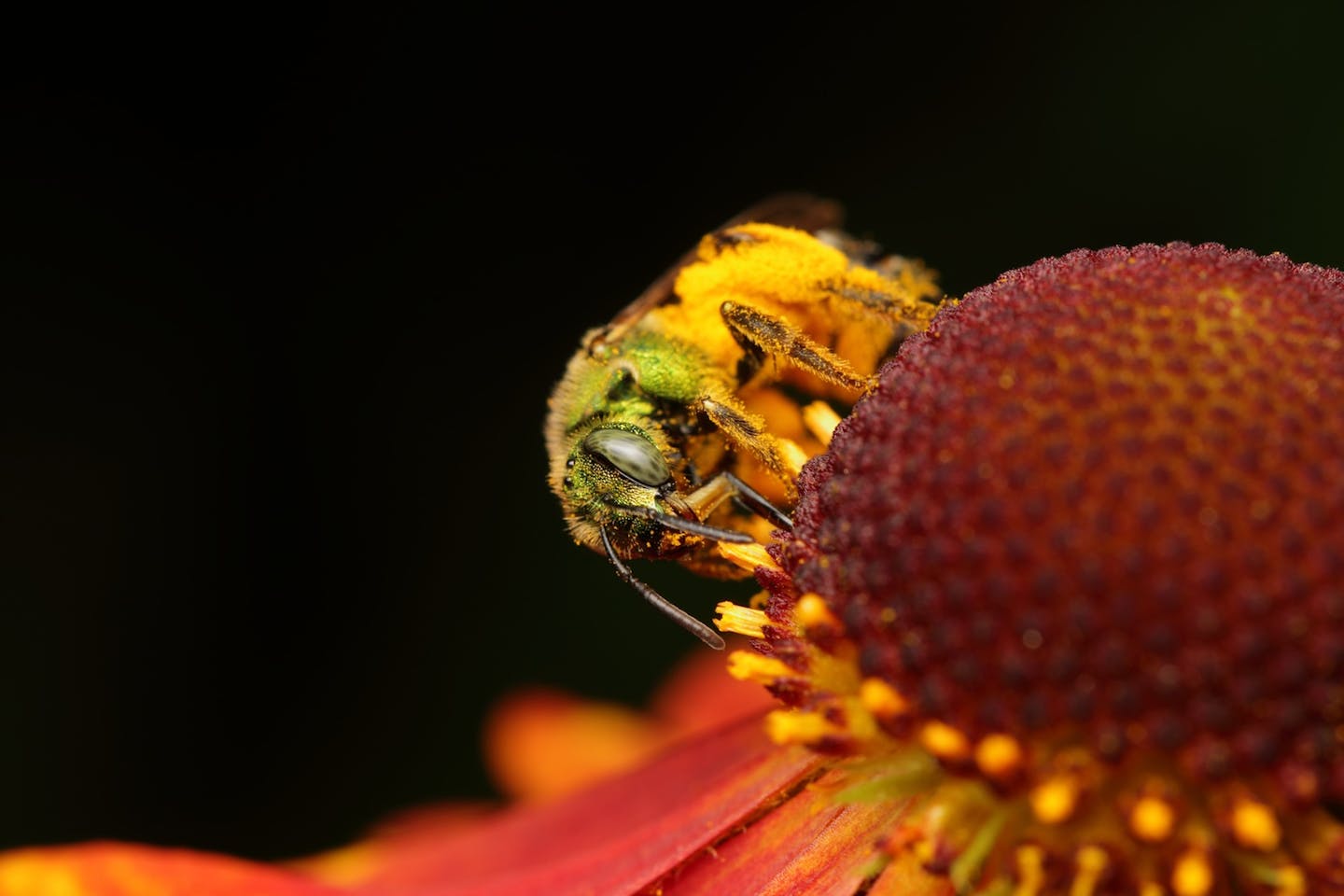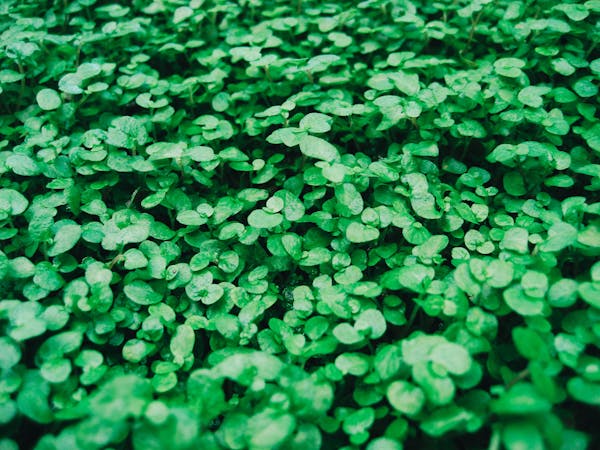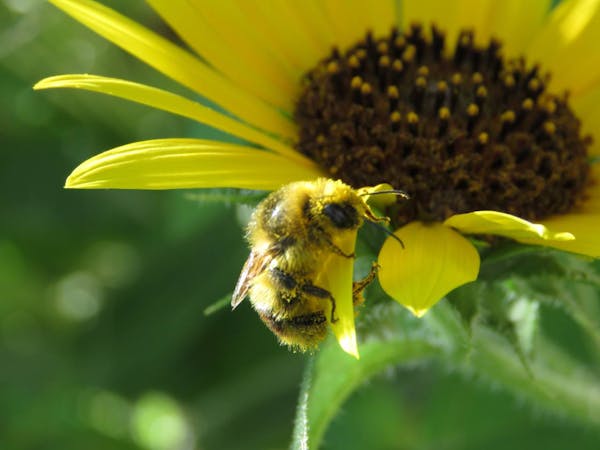Six ways you can help pollinator populations thrive
When we take stock of how far humanity has come and how much civilization has progressed, we tend to give all the credit to mankind. But we may be overlooking a key contributor. When you look at our ecosystem granularly, you’ll see it’s all about the bees… and wasps, moths, butterflies, birds, flies, beetles, and even bats.
Each of these insects and small mammals is a pollinator, and they are crucial to our food sources. A third of all of the food you eat exists because of the efforts of pollinators, according to the National Park Service.
Pollinators help fertilize plants by carrying pollen from the male part of the flower (stamen) to the female part (stigma) of the same or another flower. A plant can’t be fertilized without pollination, and without fertilization, we’d have no fruits, seeds, or young plants.
Some plants can pollinate themselves. Some plants get a little help from the wind or water. Others are just lucky, as some pollinators like butterflies, birds, and bats move pollen accidentally. When they drink or feed on nectar, pollen sticks to their bodies, which they unknowingly transport from flower to flower, wholly unaware of their service to the ecosystem.
Seventy-five percent of global food crops depend at least partly on pollination by insects or animals. Yet, widespread declines in pollinator diversity have threatened these crops. As of 2013, some beekeepers have reported losing more than half of their hives to a phenomenon called colony collapse disorder.
New pesticides called neonicotinoids, as well as many common pesticides, disrupt insect mobility, navigation, feeding behavior, foraging activity, and memory. That means that pollinators are pollinating less, which leads to problems for consumers of food crops. Researchers also point to air pollution, climate change, and loss of habitat due to over-development and agriculture as harmful to pollinator populations.
Though there may not be an easy explanation for the crisis, here are tangible actions every person can take to help the pollinators thrive:
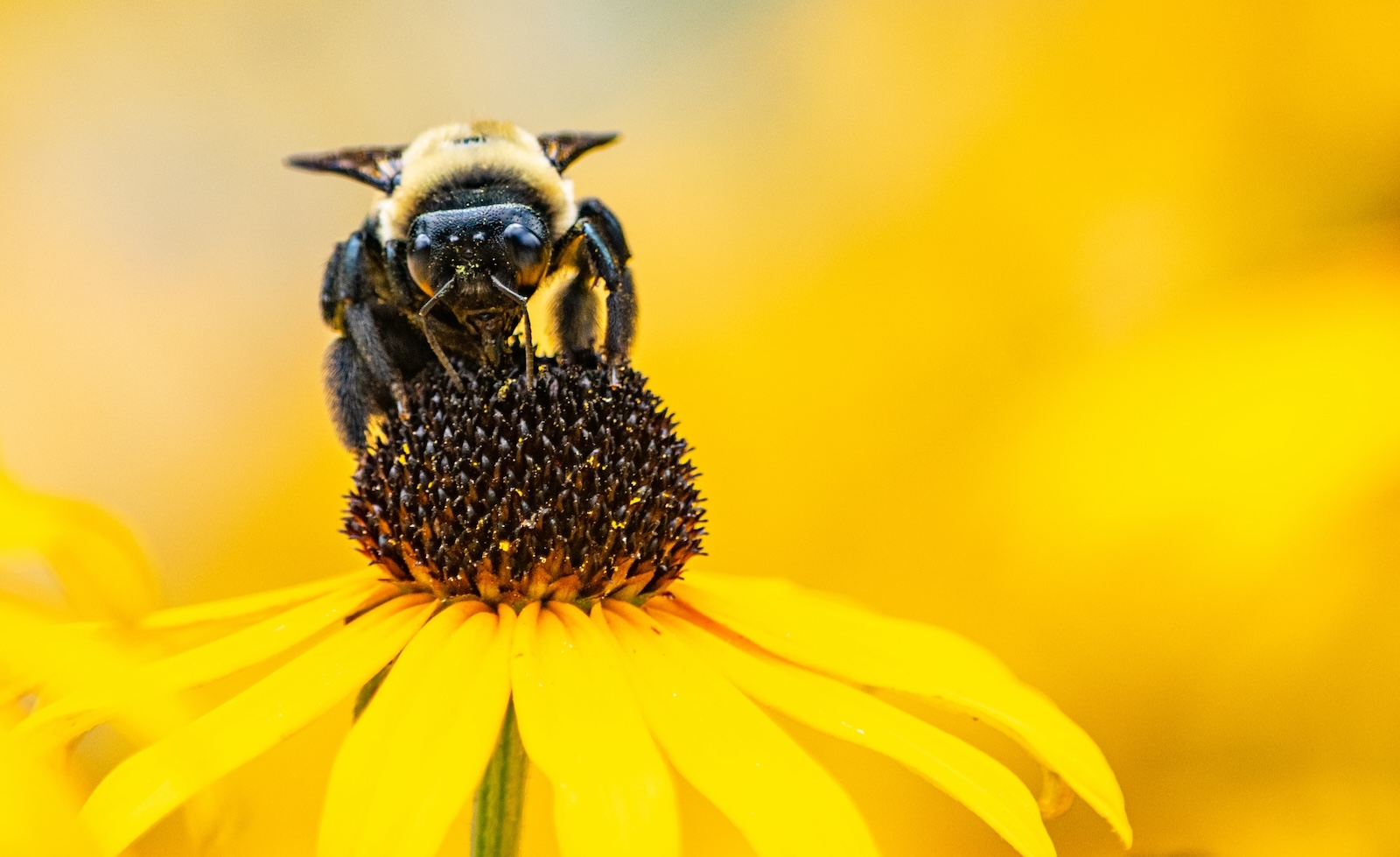
Closeup of a bumblebee pollinating a black-eyed susan flower. Photo ID 154295398 © Mary Ann Artz | Dreamstime
Plant Some Flowers
Experts say that the key is to choose varieties that have lots of nectar and pollen. And no effort is too small; even a couple of pots with a diversity of seasonal blooms can provide food and pollen for strong fliers like honeybees, bumblebees, and carpenter bees.
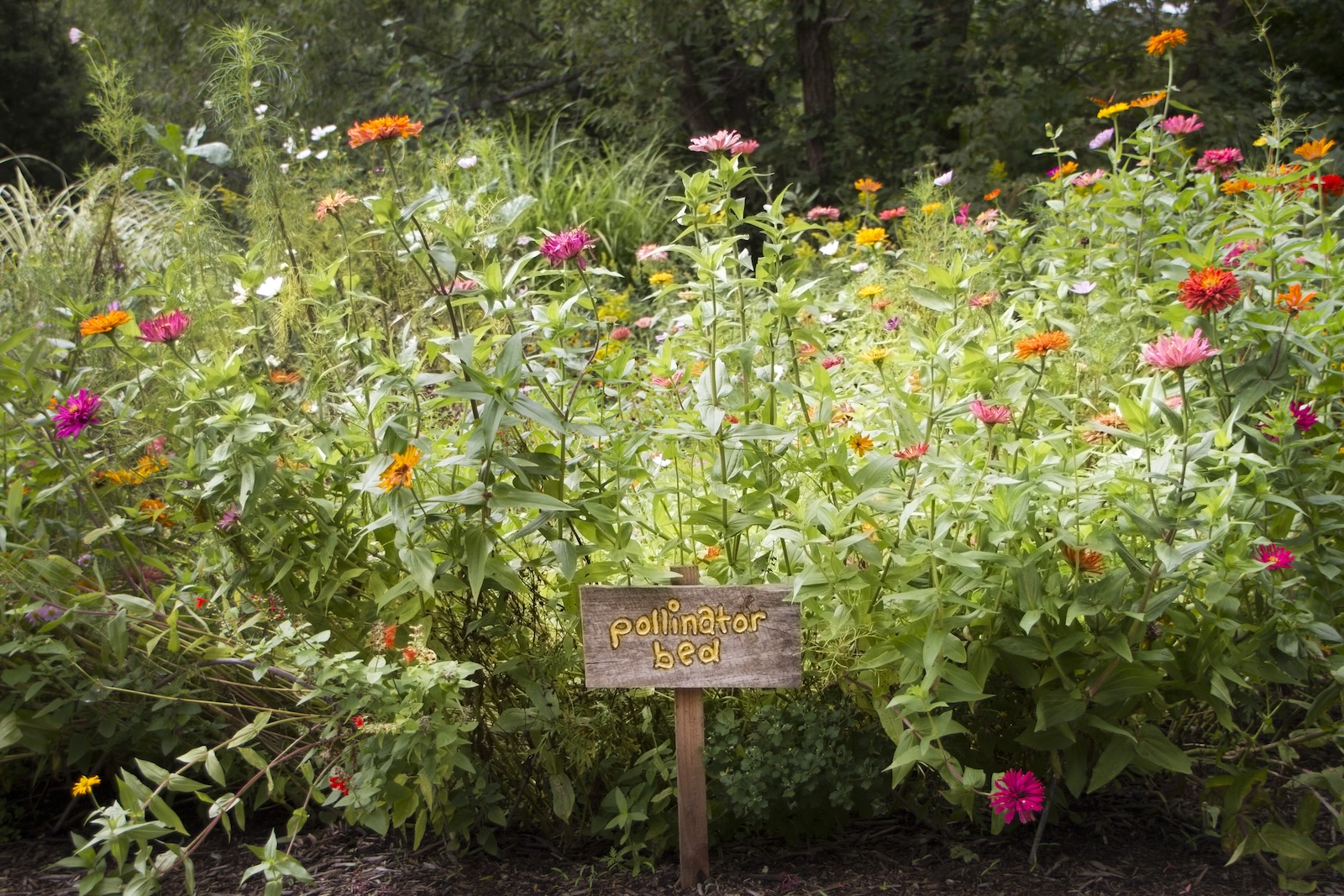
Bright, native flowers attract hummingbirds, butterflies, bees, and other pollinators in the garden. Image credit: 126659436 © Tamara Lee Harding | Dreamstime
Convert Your Lawn
If you have the space, convert your lawn or backyard into a pollinator garden to give a big boost to the population. With long-blooming perennials and shorter-blooming annuals, pollinators will have an unbroken source of nectar from spring through fall.

Embrace Weeds
Pesky clover and persistent dandelions are actually a pollinator’s dream, as they are blanketed in pollen. Wildflowers, many of which are considered weeds, are full of nectar. Try to identify the weeds popping up in your garden, and if you find they are helpful to pollinators, consider letting them grow and bloom!
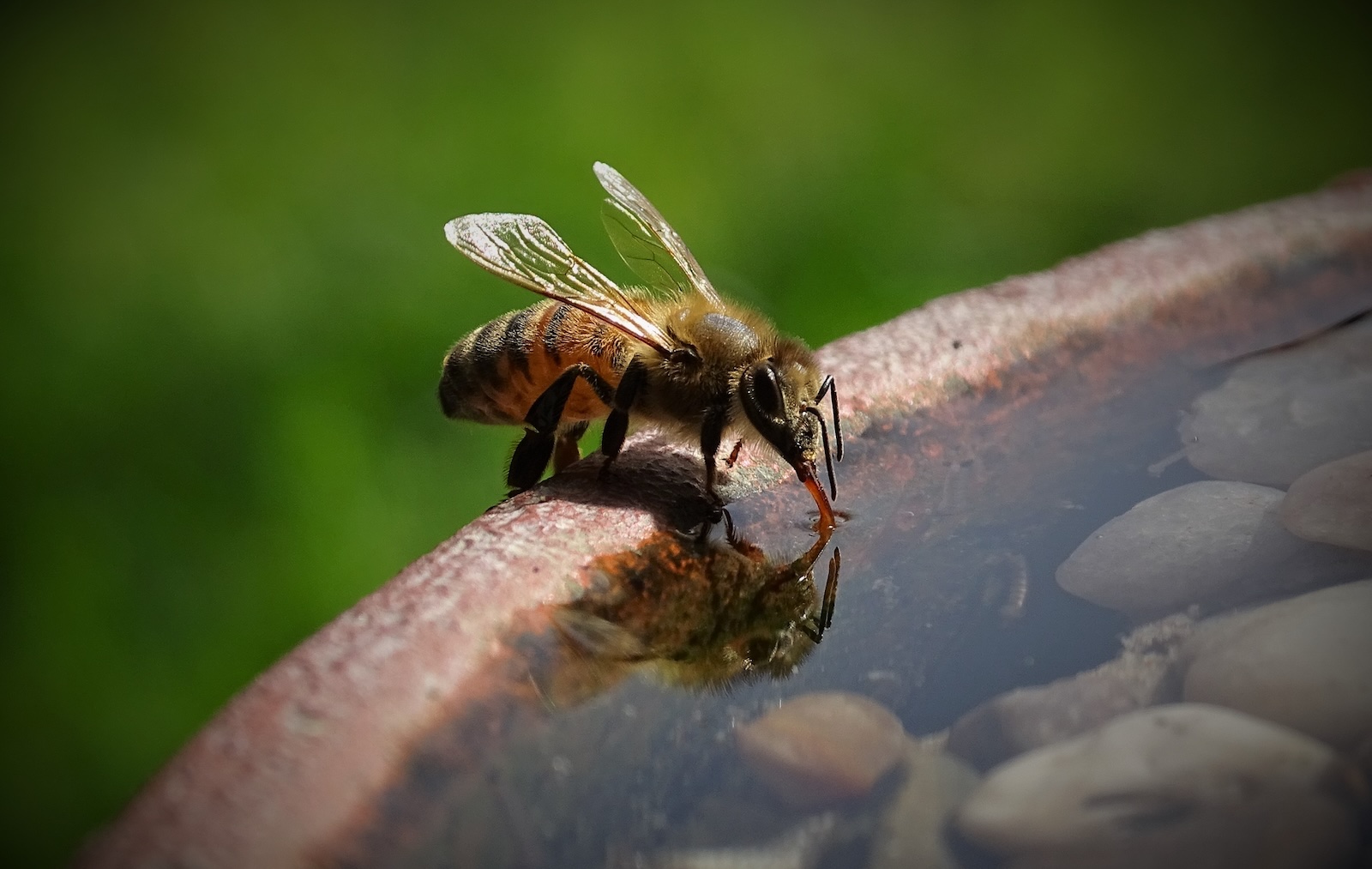
A thirsty bee taking a drink at a bird bath. Photo 193211975 © James Twedt | Dreamstime
Provide Water
Bees are thirsty. In fact, on hot days, bees cease all foraging except for water. If you notice bees visiting your garden often, put out a water source for them, like a decorative fountain, a bird feeder, or a birdbath. But make sure there’s a landing spot for them — they don’t like to get their feet wet, so they need pebbles, twigs, or trim to land on while they sip.
%20feeding%20on%20hyssop%20flower.%20Photo%2057714665%20%C2%A9%20Neil%20Letson%20%7C%20Dreamstime.jpg)
Eastern Tiger Swallowtail Butterfly (Papilio glaucus) feeding on hyssop flower. Photo 57714665 © Neil Letson | Dreamstime
Avoid Pesticides
Many common pesticides interfere with pollinators’ neurology, and pollinators can carry these chemicals back to their hives with them, affecting the whole population. Ironically, if treated with pesticides, the most perfect-looking gardens can have very negative impacts on the ecosystem.
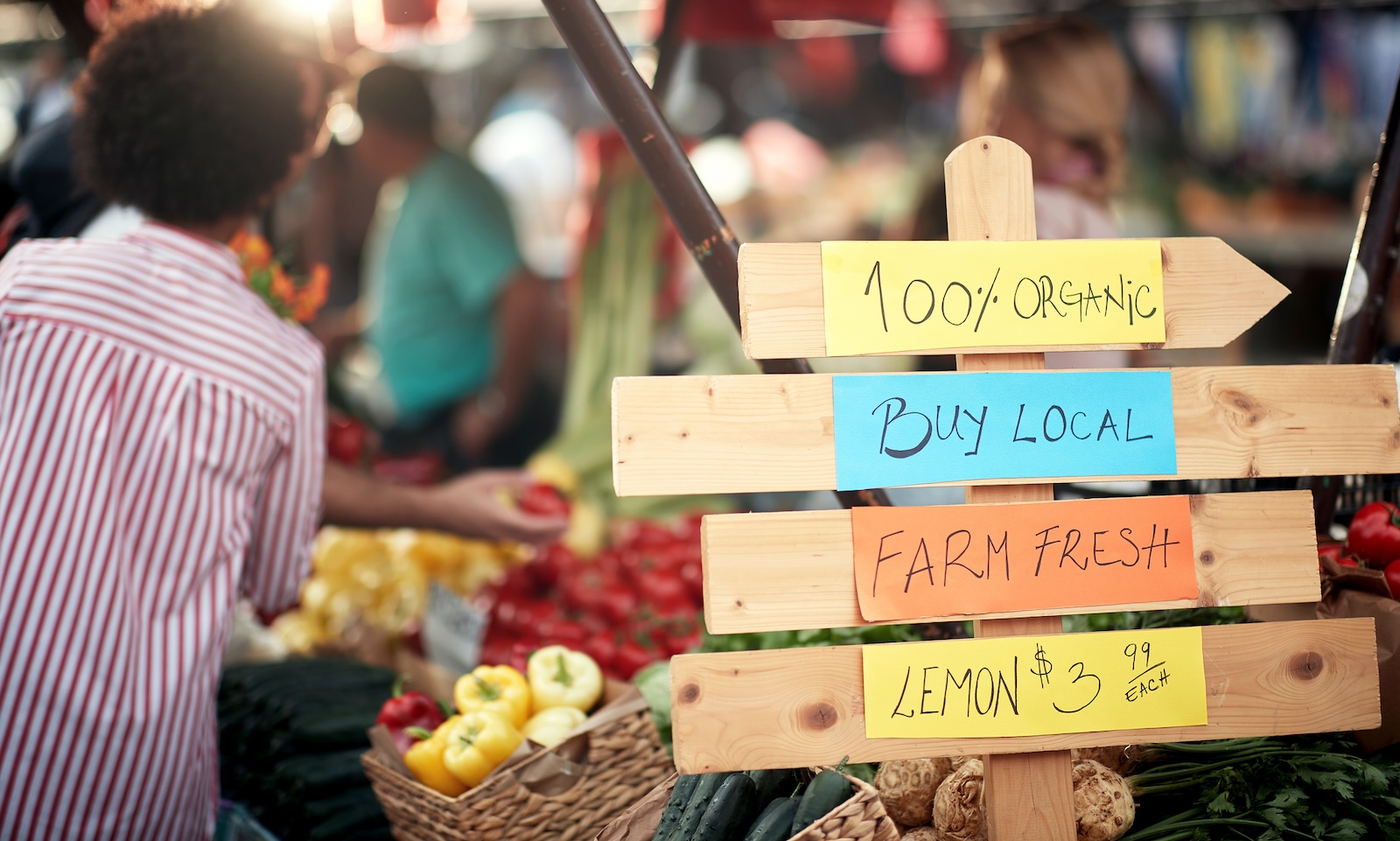
Sign for fresh and organic vegetables at a farmers market. Photo 197900466 © Igor Mojzes | Dreamstime
Buy Organic
Organic farming nourishes healthy pollinator communities. Buying food grown with organic farming techniques cuts down on demand for pesticide-laden crops. Natural-food grocery stores like Whole Foods, Lassens, and Erewhon offer primarily organic foods. In recent years, major supermarkets like Ralphs and Safeway have begun stocking organic sections as well.
Many farmers' market vendors also offer naturally-grown foods and produce. Be sure to ask the sellers if their product was grown without chemicals, especially for those fruits and vegetables that absorb the highest concentrations of pesticides.
The declining pollinator population is a serious concern. By acknowledging the problem and looking at all the possible causes, we can start to make significant changes in how we approach and care for our bioregions, both globally and locally.
After all, it’s a bee’s world. We’re just living in it.
Explore Earth's Bioregions